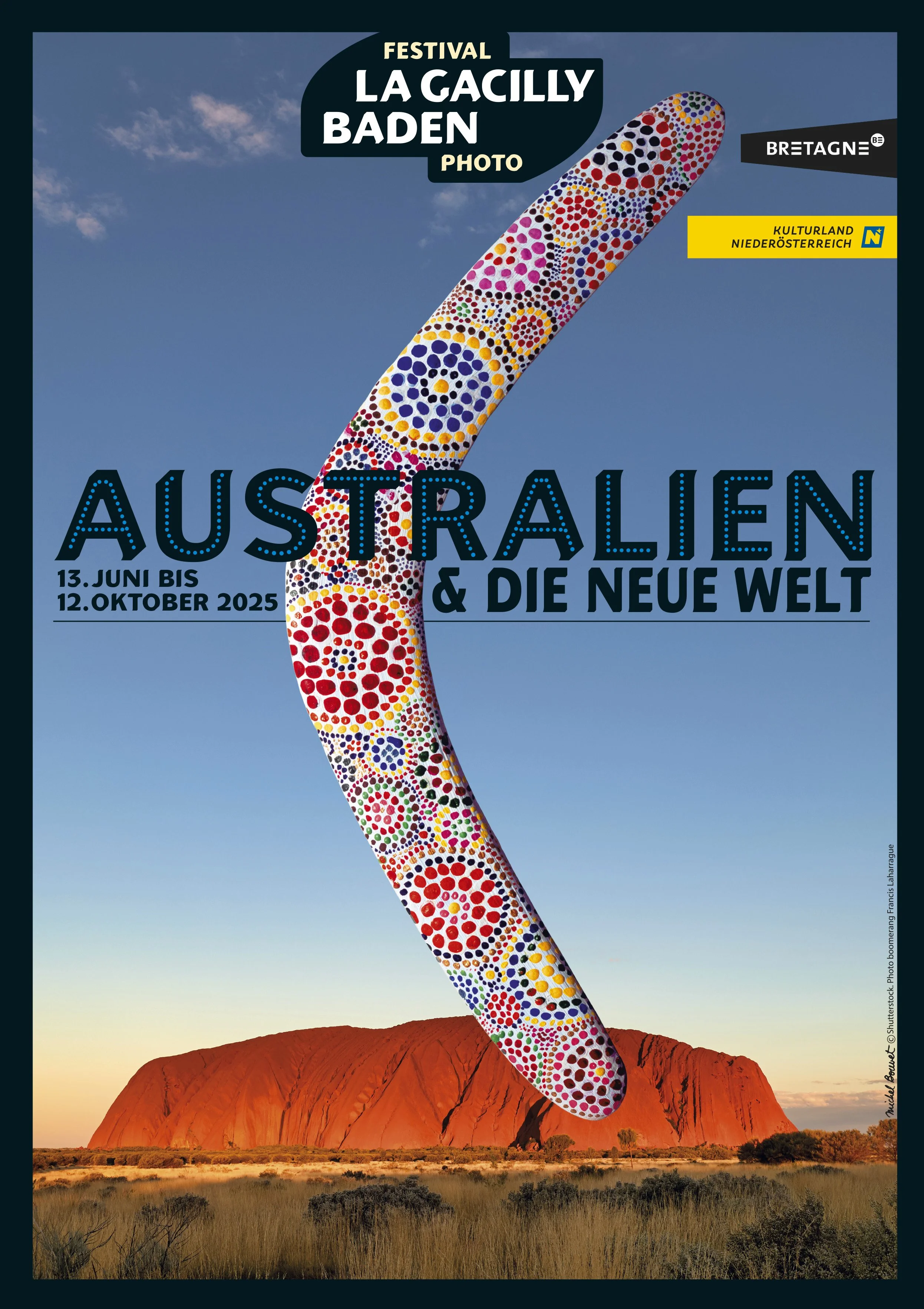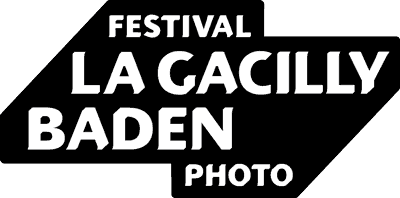
Foto Wien
Foto Wien
3. – 31. Oktober 2025
Museen, Ausstellungsinstitutionen, Gedenkstätten, Archive, Bibliotheken, Sammlungen, Kulturinstitute, Universitäten, Fotofachschulen sowie Galerien und Projekträume der Stadt Wien entwickeln speziell für das Festival Ausstellungen und andere Formate. Begleitet von einem umfangreichen Kommunikations- und Vermittlungsangebot richten sie sich an ein breites Publikum genauso wie an Fachbesucher:innen.
Die FOTO WIEN ist Teil des Europäischen Monats der Fotografie (EMOP) und wird seit 2023 vom FOTO ARSENAL WIEN organisiert.
Des musées, des institutions d'exposition, des mémoriaux, des archives, des bibliothèques, des collections, des instituts culturels, des universités, des écoles de photographie ainsi que des galeries et des espaces de projets de la ville de Vienne développent des expositions et d'autres formats spécialement pour le festival. Accompagnés d'une vaste offre de communication et de médiation, ils s'adressent aussi bien à un large public qu'à des visiteurs professionnels.
FOTO WIEN fait partie du Mois européen de la photographie (EMOP) et est organisé depuis 2023 par FOTO ARSENAL WIEN.
Musei, istituzioni espositive, memoriali, archivi, biblioteche, collezioni, istituti culturali, università, scuole di fotografia, gallerie e spazi di progetto a Vienna stanno sviluppando mostre e altri formati appositamente per il festival. Accompagnate da un'ampia gamma di servizi di comunicazione e mediazione, sono rivolte sia al grande pubblico che ai visitatori professionali.
FOTO WIEN fa parte del Mese Europeo della Fotografia (EMOP) ed è organizzato da FOTO ARSENAL WIEN dal 2023.
Museums, exhibition institutions, memorials, archives, libraries, collections, cultural institutes, universities, photography schools, galleries and project spaces in the city of Vienna develop exhibitions and other formats especially for the festival. Accompanied by an extensive communication and mediation program, they are aimed at a broad audience as well as professional visitors.
FOTO WIEN is part of the European Month of Photography (EMOP) and has been organized by FOTO ARSENAL WIEN since 2023.


























